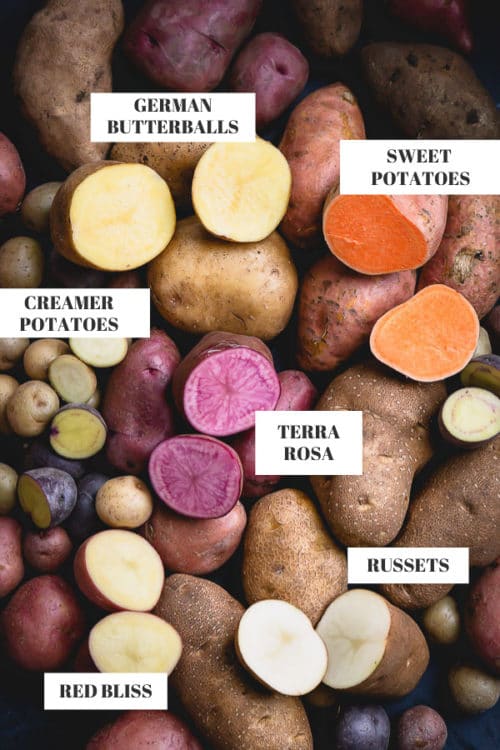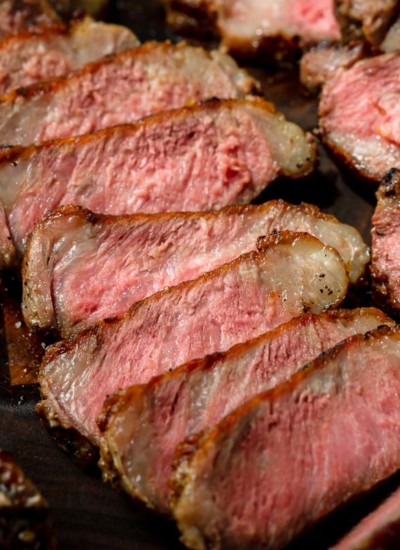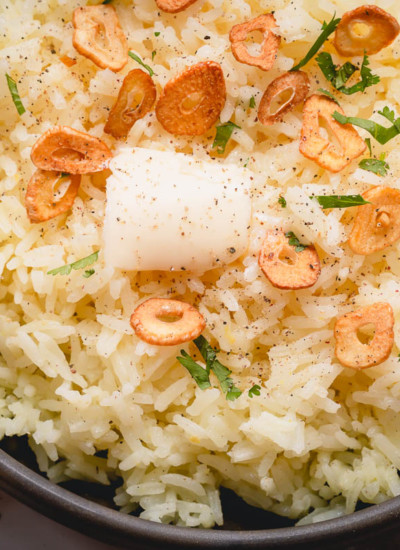Learn about different potato varieties and know which potatoes to use for different dishes and cooking methods.

Did you know there’re over 200 varieties of potatoes out there? It’s true, but we’re not here to discuss them all.
My goal is to give you an overview of different types of potatoes and what are the best potato varieties for common potato dishes like mashed potatoes, baked potatoes, potato salad, or french fires!
3 Types of Potatoes:
In general, potatoes are classified into 3 categories: starchy, waxy and somewhere in between.
Starchy Potatoes
Starchy potatoes are high in starch and low in moisture. They fall apart easily when cooked. And since they are fluffy and absorbent, potatoes high in starch are ideal for baking, roasting, mashing and frying.
Examples of starchy potatoes: Russets, Idahos, and sweet potatoes.
Best uses for starchy potatoes:
- Baked potatoes (like my Instant Pot Baked Potatoes)
- Mashed potatoes
- French Fries
- Scalloped potatoes
- Potato pancakes (latkes)
- Hashbrowns
Waxy Potatoes
Waxy potatoes are high moisture potatoes with smooth firm flesh and thin skin. They hold their shape well when cooked, thus making these potatoes great for boiling, steaming, grilling and roasting.
Examples of waxy potatoes: red potatoes, like Red Bliss, white potatoes, like White Rose, fingerling and new potatoes.
Best uses for waxy potatoes:
- Soups and stew
- Potato salads (Instant Pot Ranch Potatoes is amazing!)
- Smashed potatoes
- Hassleback potatoes
All Purpose Potatoes
These are somewhere in between starchy and waxy potatoes. They have less starch content than waxy potatoes, and less waxy than waxy potatoes, which makes them truly all-purpose potatoes.
Examples of all-purpose potatoes: yellow potatoes, like Yukon gold and Yellow Finn, blue potatoes, like All Blue, Terra Rosa, German Butterball (my personal favorite!).
Best uses for all-purpose potatoes:
- Mashed potatoes
- Scalloped potatoes or au gratin
- Soups and stews
- And just about anything else!
Why green potatoes are bad?
When potatoes are exposed to too much light or grew in stressful conditions, they turn green. It’s an indication of increased amount of solanine, a toxic compound that could cause cramps, nausea, headaches, vomiting, when consumed in high amounts.
If a potato has a light green tint on the skin, you may peel and trim off the area and use the rest of the potato. However, if the green is deep in the flesh, discard it altogether. Green potatoes also taste bitter.
How to store potatoes:
3 tips to keep potatoes fresh for longer:
- Store potatoes in a cool dark place, between 45-65°F is ideal. D
- on’t use plastic bags, because potatoes need to breath.
- Never refrigerate potatoes.





Comments + Reviews